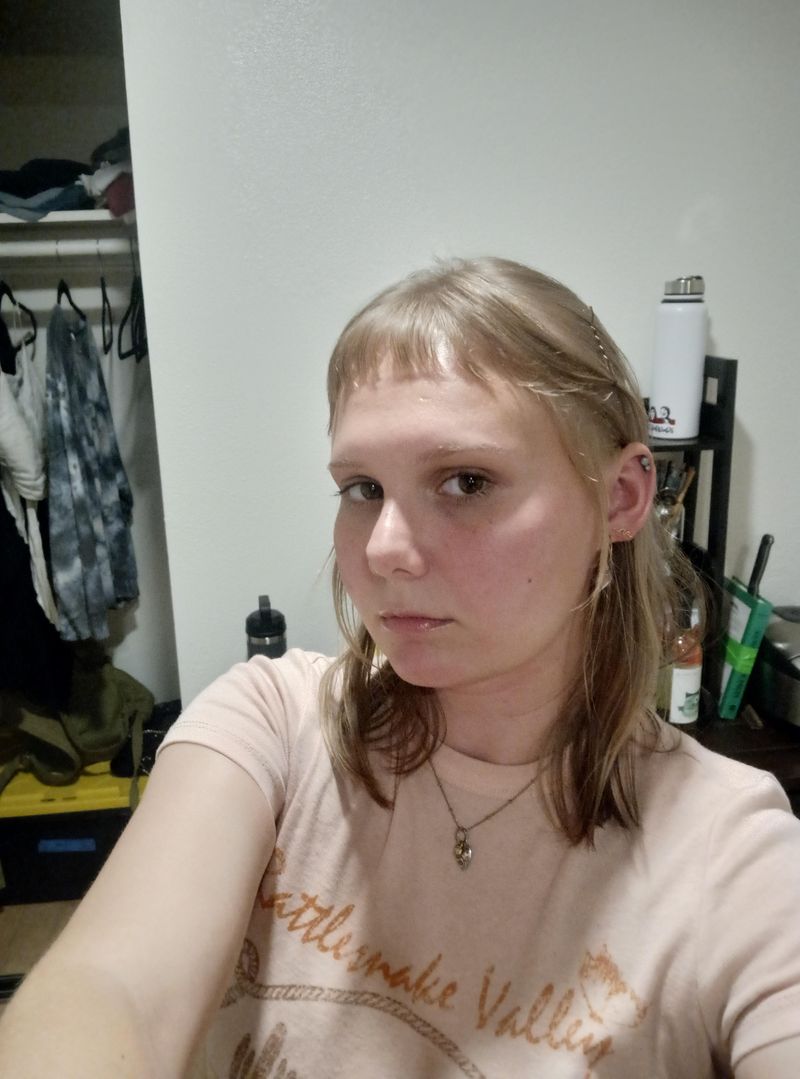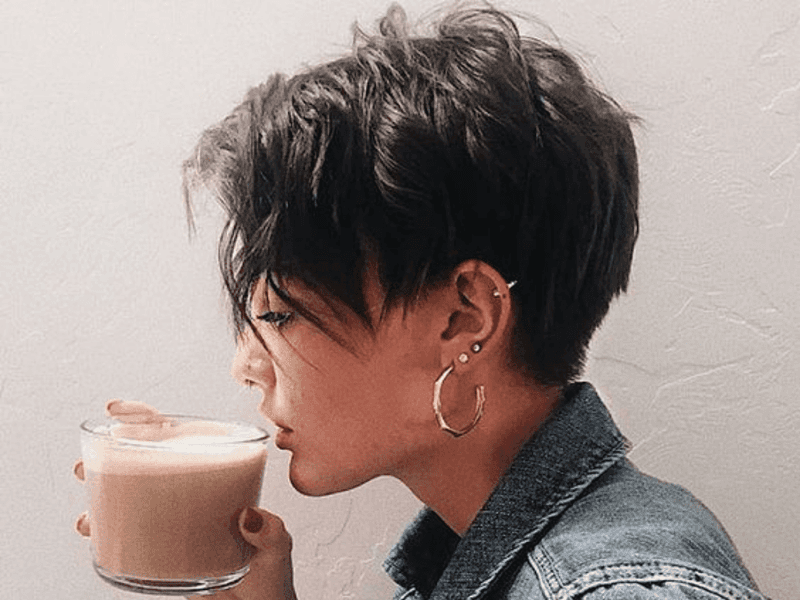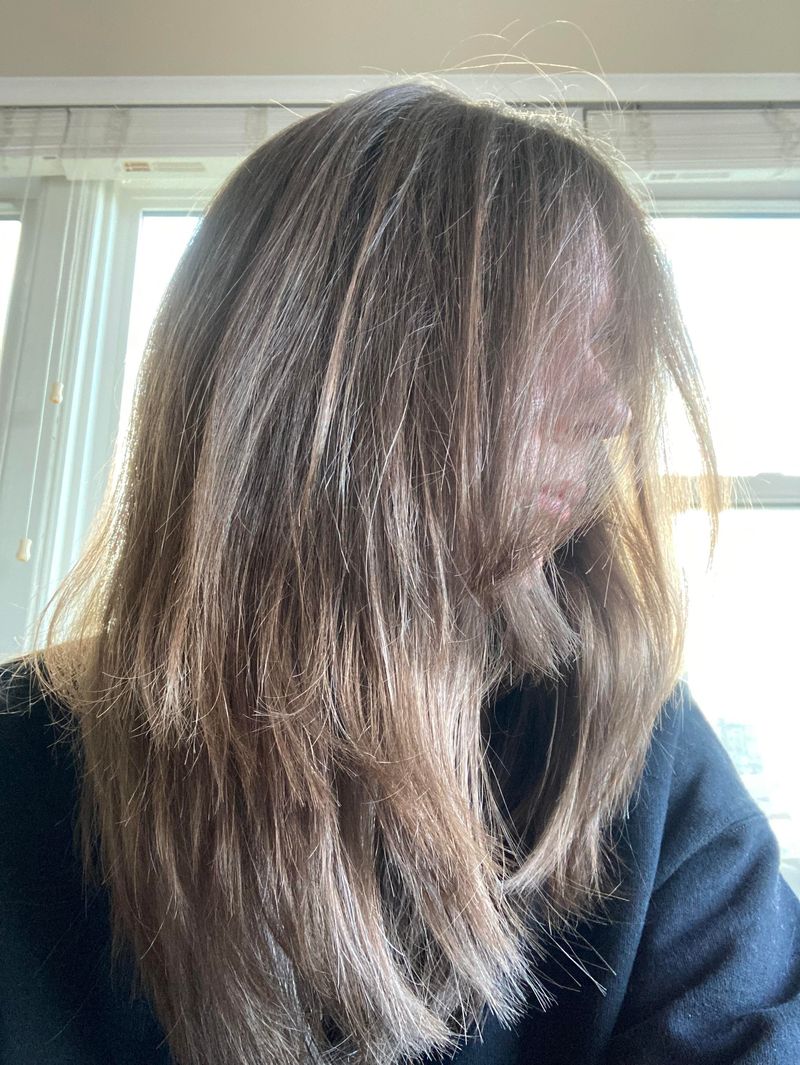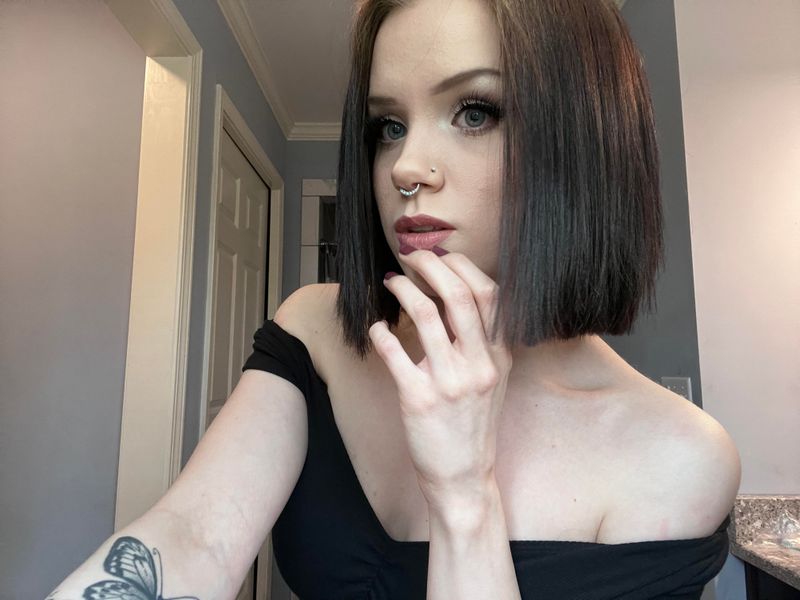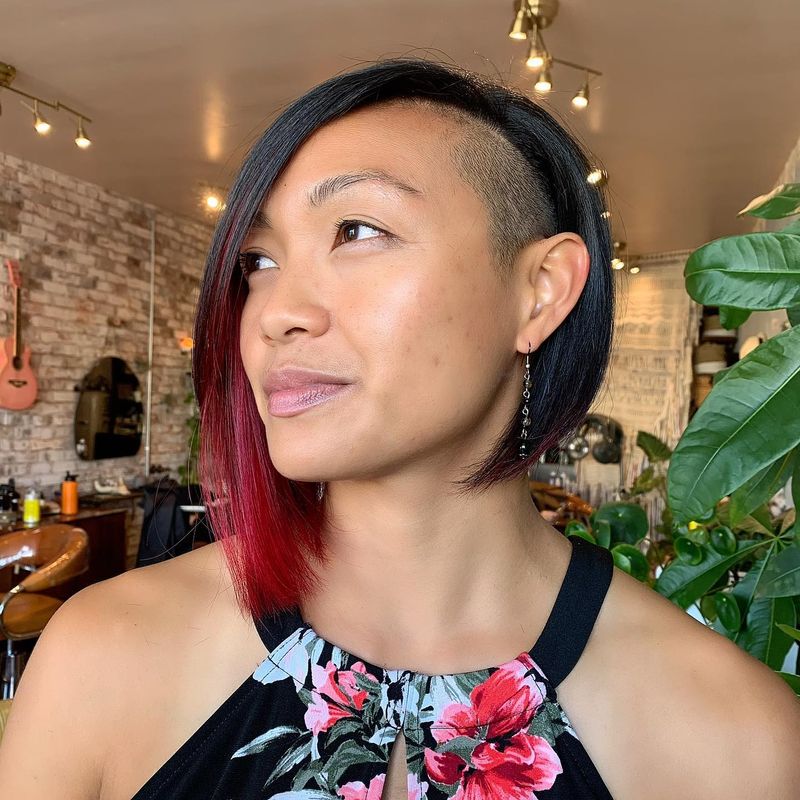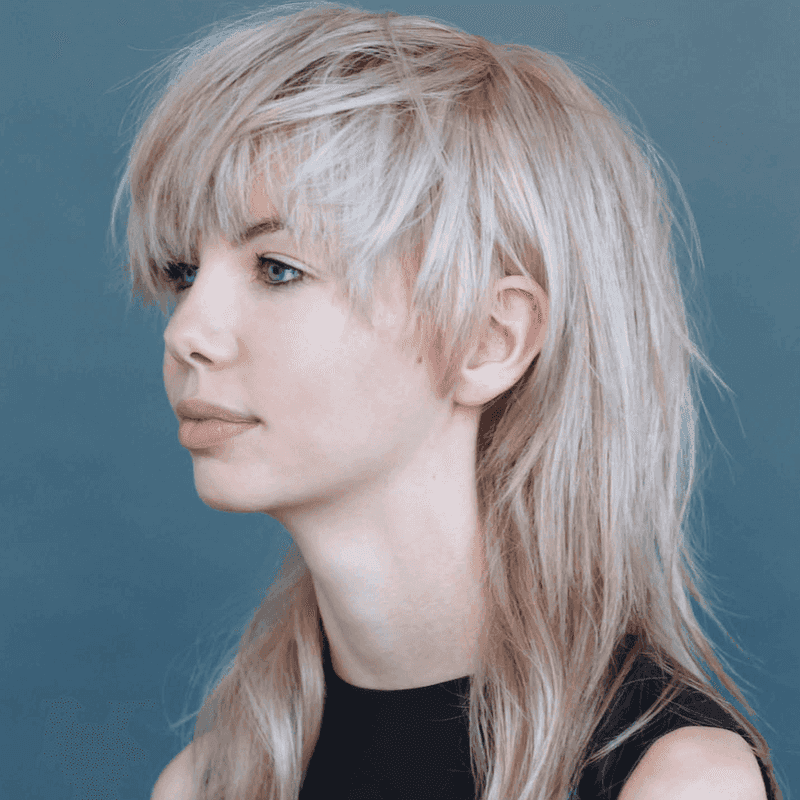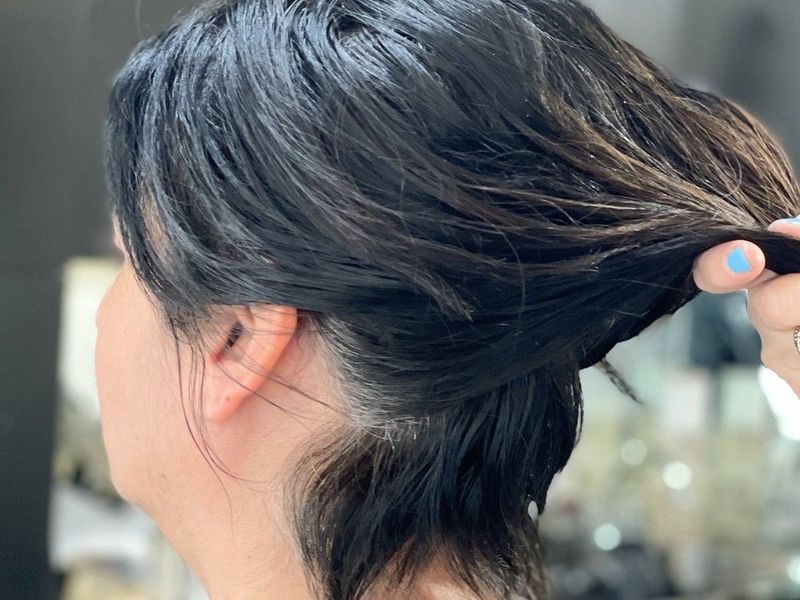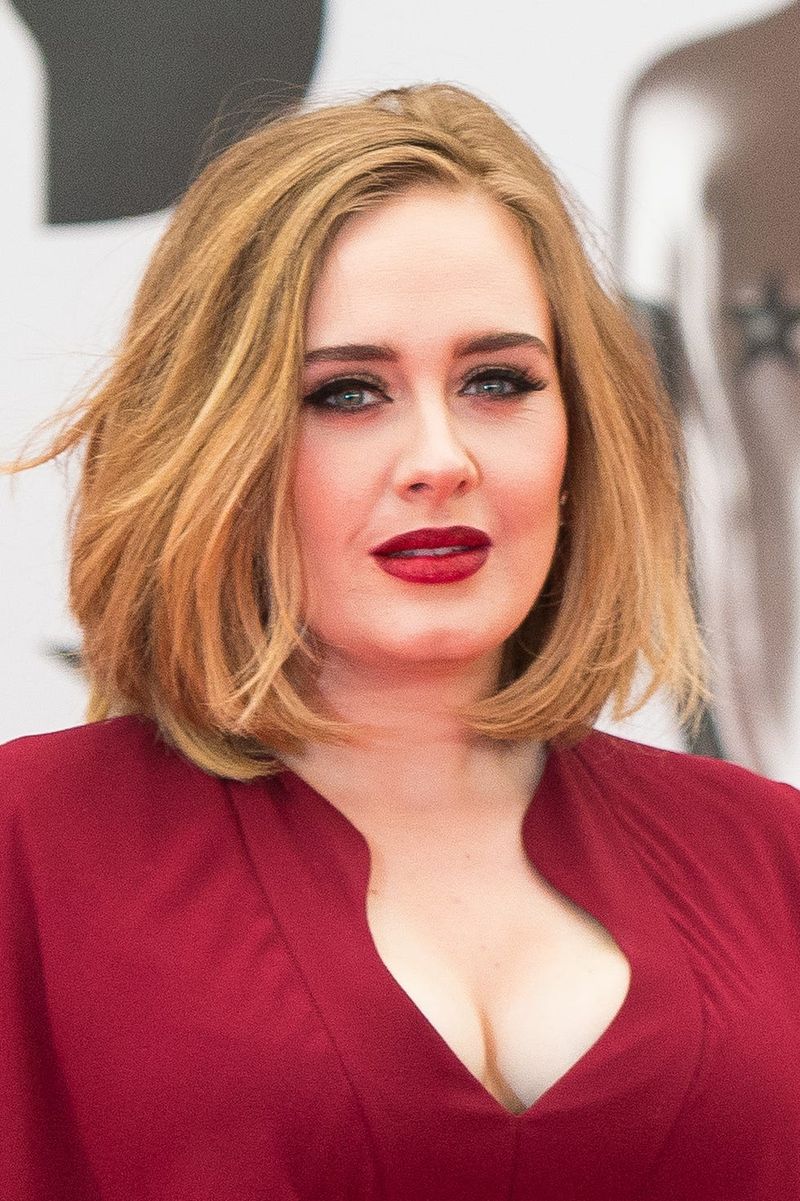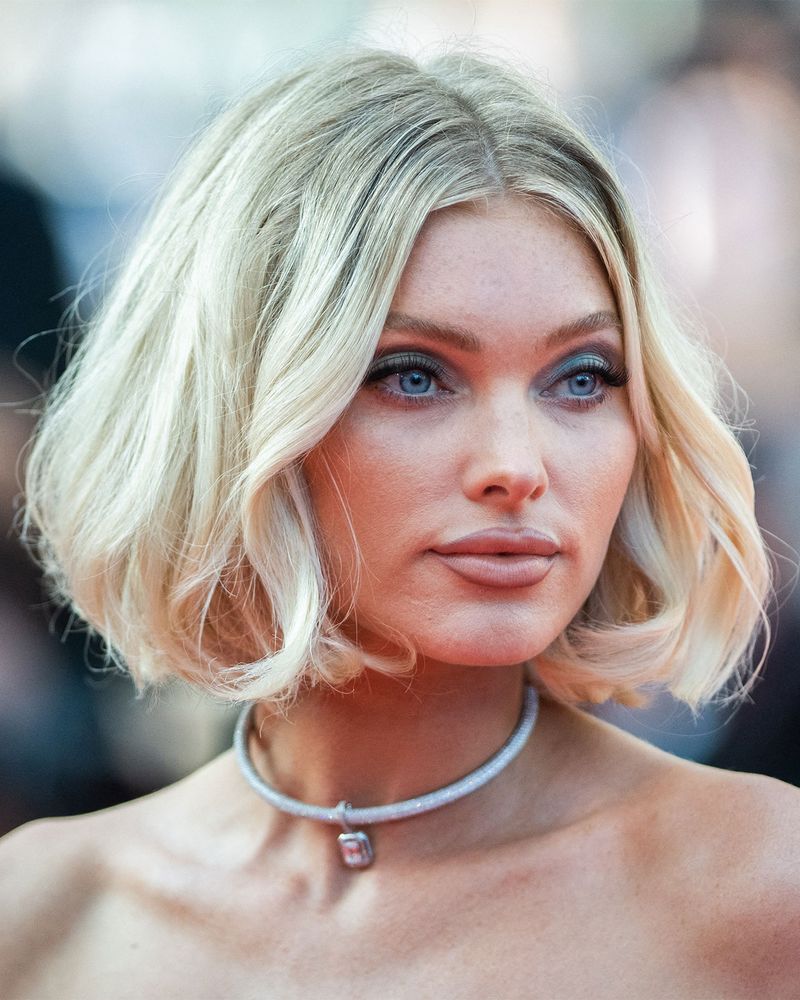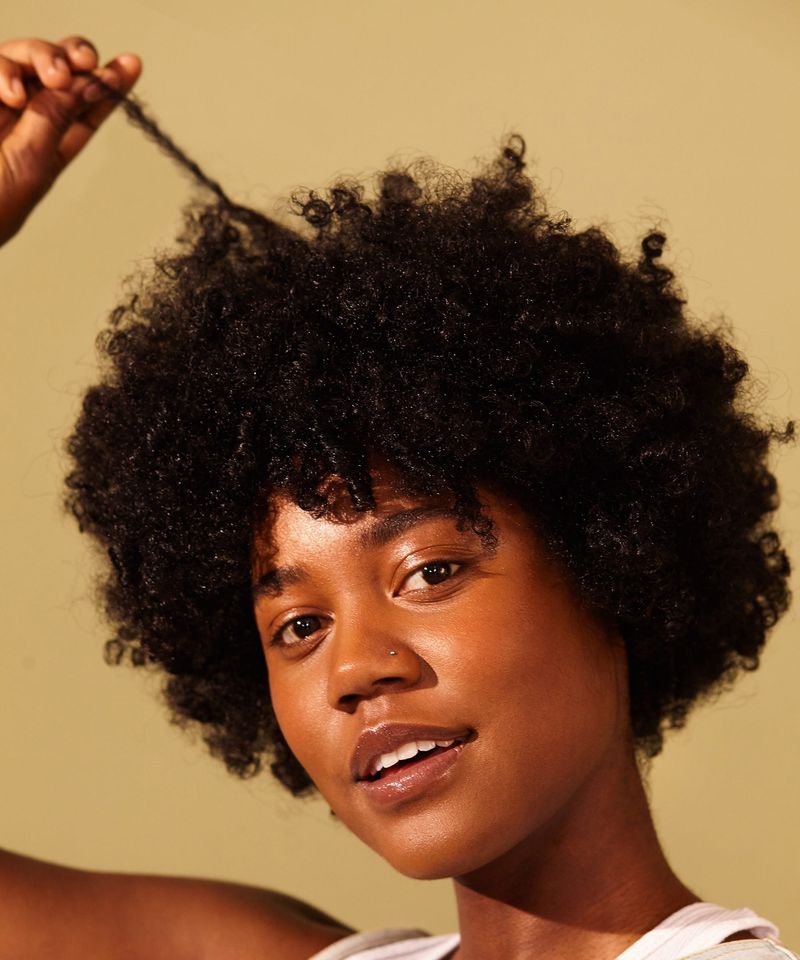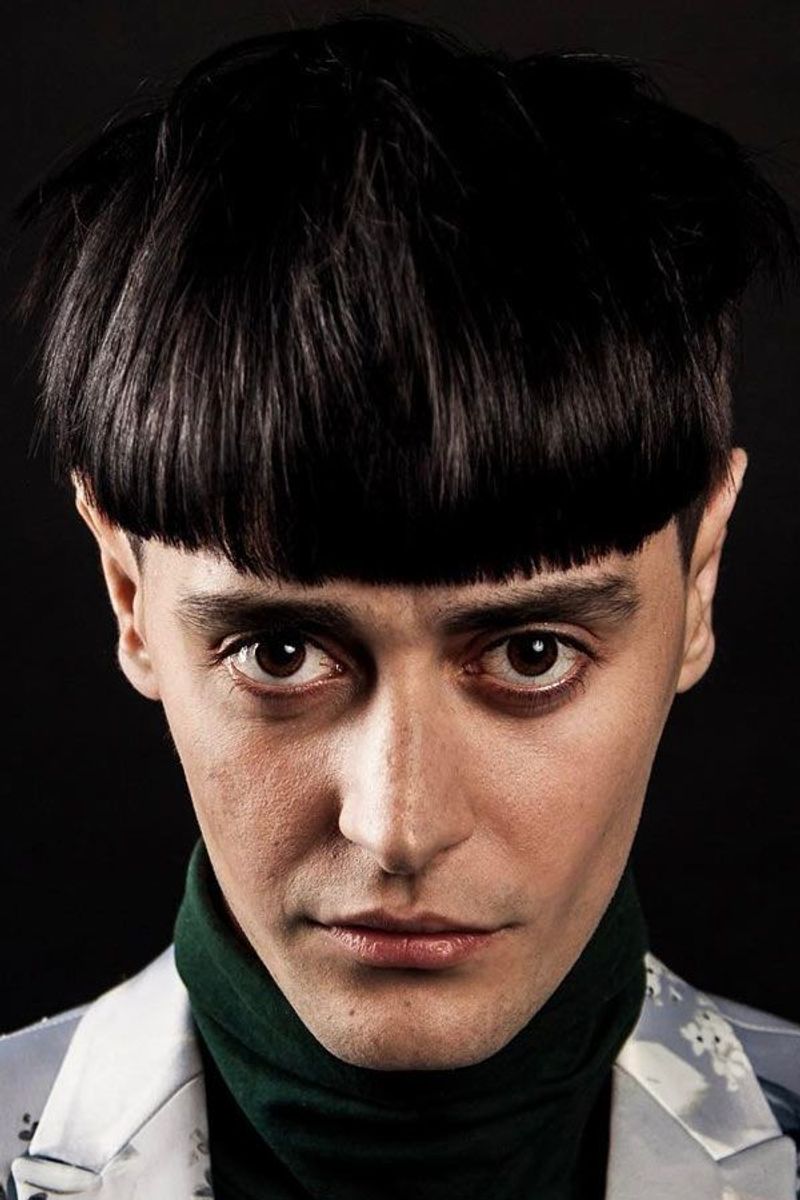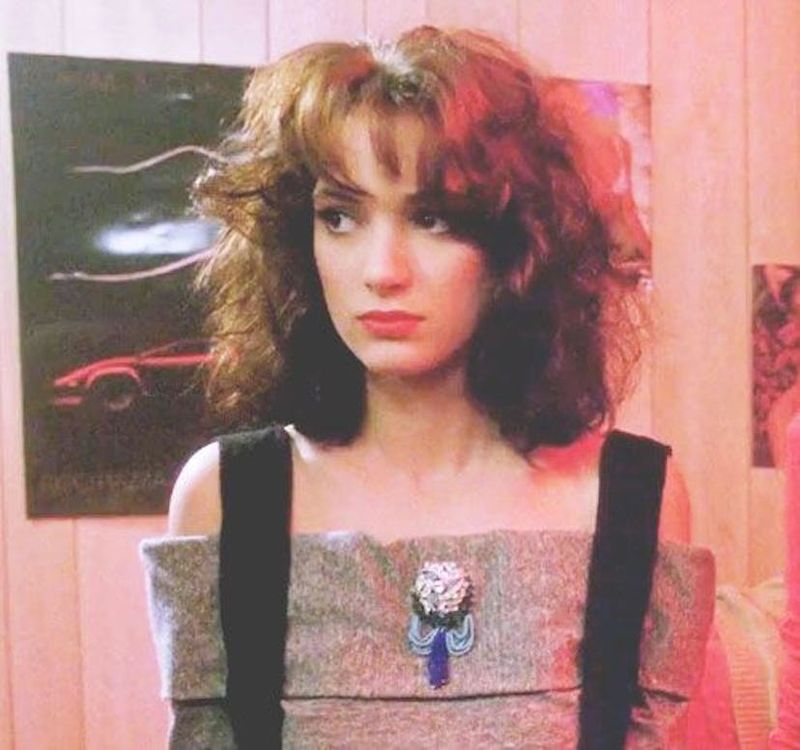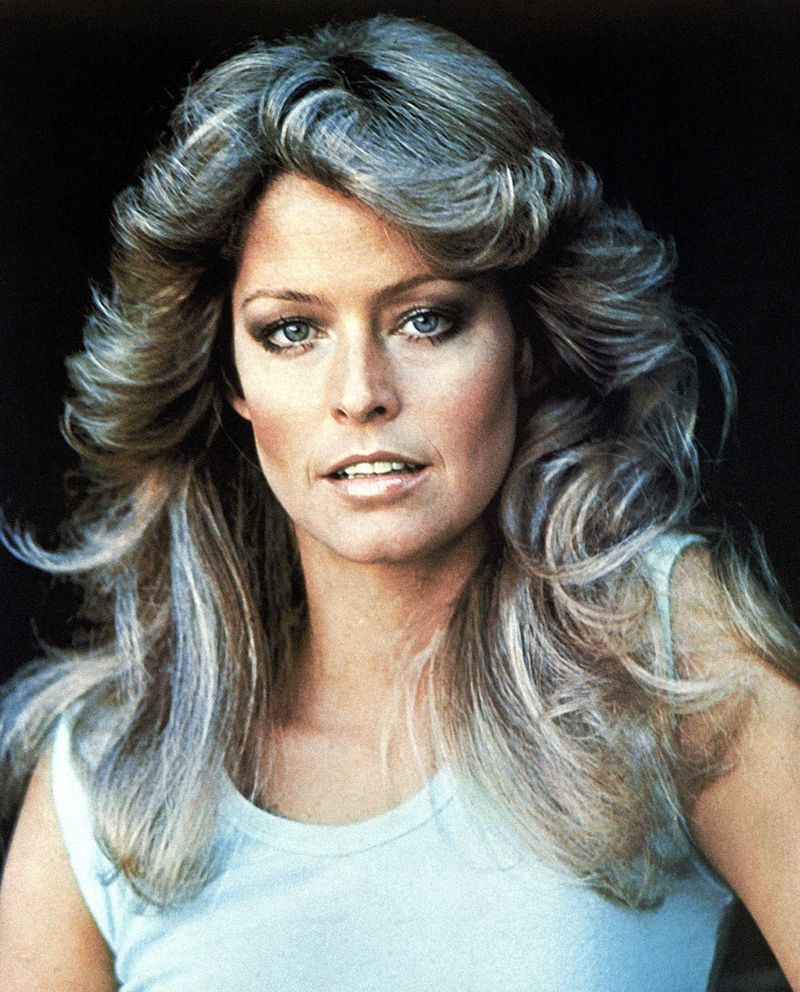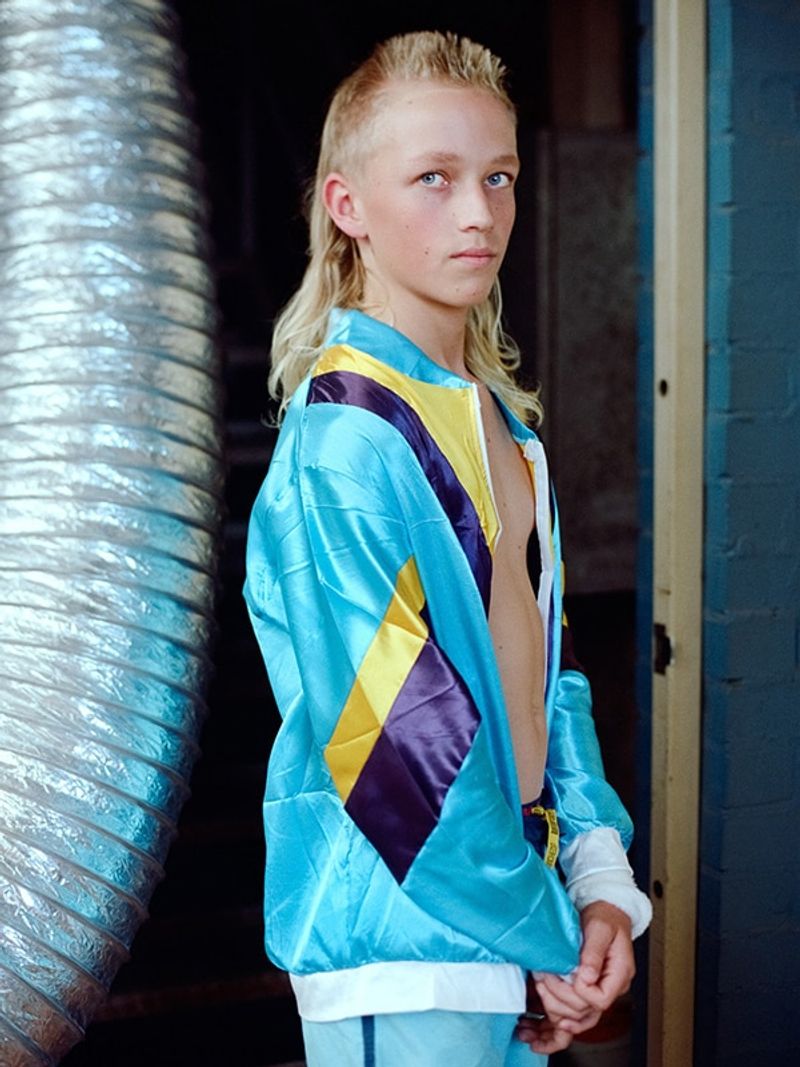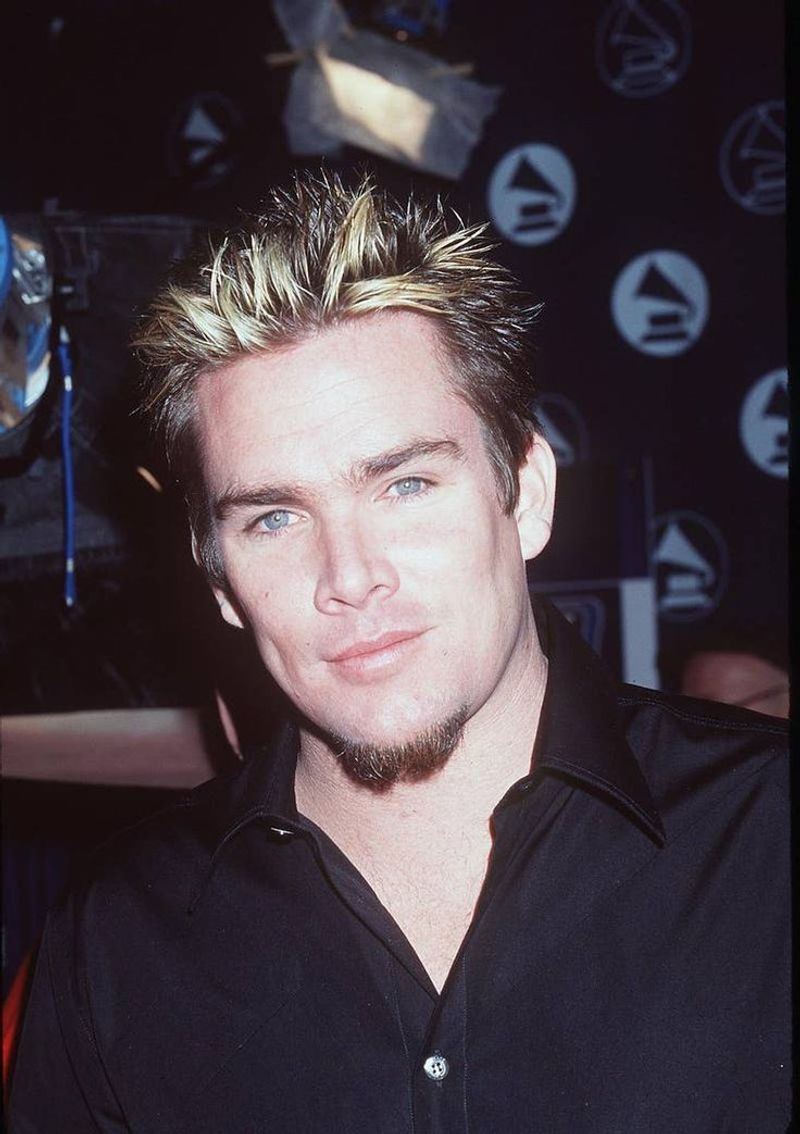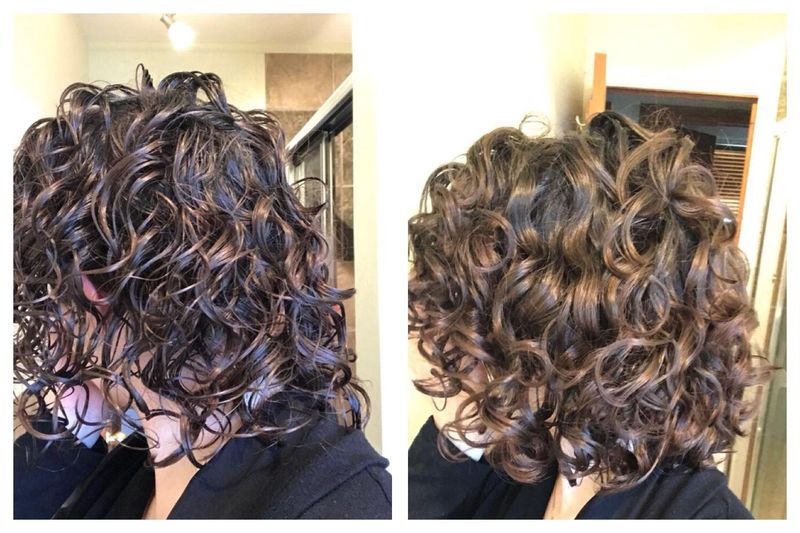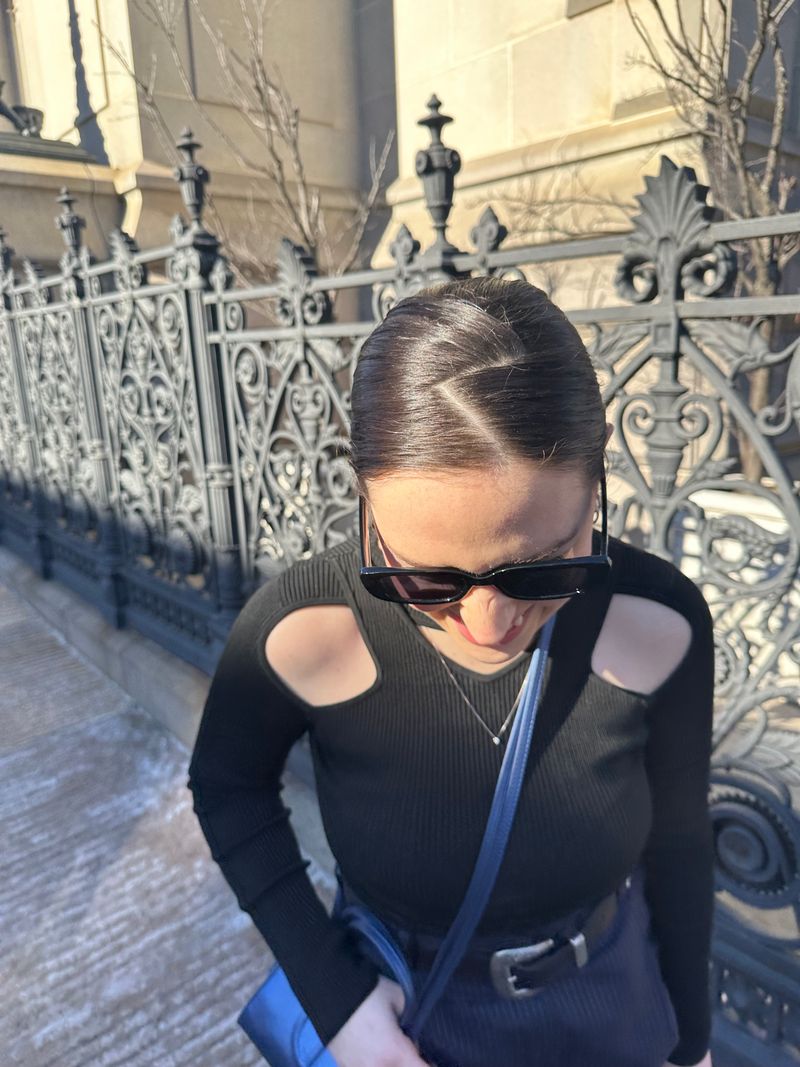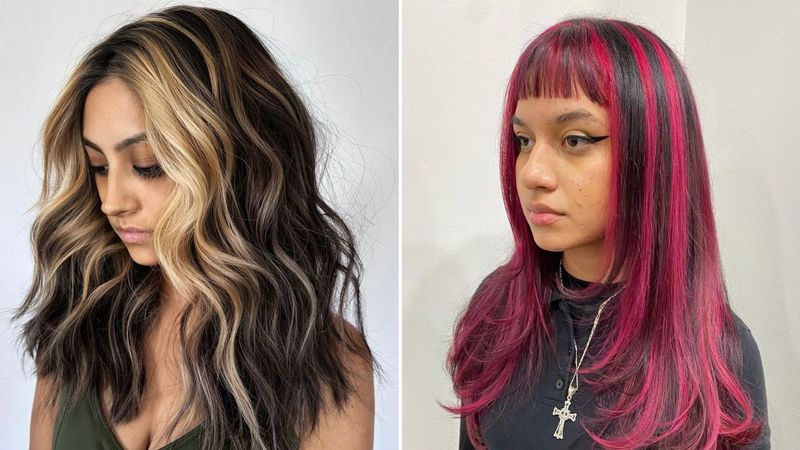Thinking about cutting your hair? Before you take the plunge, know that some styles lead to immediate regret while others should stay firmly in the history books.
Whether it’s a trendy bob that doesn’t suit your face shape or a retro look best left in another decade, hair mistakes can take months to grow out.
1. The Micro Bangs Disaster
Ever cut your bangs so short they barely exist? Micro bangs require the perfect face shape and styling commitment most people don’t realize until it’s too late.
Related: -14 Empowering Pixie Styles for Women Over 40 Who Own Their Look
Growing them out creates that awkward in-between stage where they’re not short enough to style but not long enough to pin back.
2. The Impulse Pixie Cut
Something about breakups makes women reach for scissors. A pixie cut demands regular maintenance and suits specific face shapes and hair textures.
Without research, you might end up with a style that requires more effort than your previous long locks, leaving you counting days until it grows back.
3. The DIY Layering Attempt
YouTube makes it look simple: just twist and snip for perfect layers! Reality hits differently when you’re left with choppy, uneven sections that professional stylists charge extra to fix.
Home haircuts often result in disconnected layers that don’t blend, creating obvious steps in your hair.
4. The Drastic Bob Shock
Going from long locks to a chin-length bob creates quite the emotional rollercoaster. Many underestimate how different their face will look without hair framing it.
Face shapes that worked beautifully with long hair sometimes appear completely different with a bob, leaving you scrambling for styling tricks.
5. The Asymmetrical Mistake
One side dramatically shorter than the other seemed edgy and fashionable in the salon chair. Daily styling reveals the truth – asymmetrical cuts require serious skill to maintain.
Without proper styling, you’re left looking like you fell asleep during your haircut rather than sporting an intentional fashion statement.
6. The Too-Thin Shag
Shag haircuts work wonders for thick hair but can leave fine hair looking stringy and flat. Those feathery layers that seemed perfect in the salon photo require volume that thin hair simply doesn’t have.
Without sufficient thickness, a shag cut removes what little volume you had to begin with.
7. The Unexpected Curl Reaction
Straight-haired folks often discover hidden curl patterns after a major cut. Weight from long hair previously pulled curls straight, but that bob just unleashed your secret curly side!
Without proper curl-specific products and styling techniques, your new short cut might behave completely differently than expected.
8. The Grown-Out Undercut
Undercuts feel edgy and cool until the growing-out phase begins. That shaved section becomes an awkward tuft sticking out at odd angles, impossible to blend with the rest of your hair.
The grow-out period can last months or even years, depending on how short the undercut was and how fast your hair grows.
9. The Face-Widening Lob
Long bobs (lobs) that hit right at the jawline can make round faces appear fuller. What looked chic on that celebrity doesn’t necessarily translate to your face shape.
Without considering how hair length interacts with facial features, a trendy lob might emphasize exactly what you were hoping to minimize.
10. The Maintenance-Heavy Blunt Cut
Perfectly straight, blunt-cut ends look amazing fresh from the salon. Fast forward two weeks, and those pristine lines reveal their true nature – they show every split end and require frequent trims.
Without regular maintenance, blunt cuts quickly lose their sharp edge and begin to look unintentionally ragged.
11. The Unflattering Chin-Length Cut
Hair that hits exactly at the chin creates a visual stopping point that draws all attention to that area. For those with double chins or shorter necks, this length creates an unflattering focal point.
What seemed like a safe middle-ground length actually requires specific facial proportions to work well.
12. The Too-Short-For-Your-Texture Cut
Different hair textures require different minimum lengths to behave well. Curly or coarse hair often shrinks up dramatically when cut short, resulting in a much shorter style than intended.
Without accounting for your specific texture, that “short but not too short” cut might end up looking nothing like the inspiration photo.
13. The Dated Bowl Cut
Popular in the 90s, this rounded haircut that resembles an upside-down bowl belongs firmly in the past. Modern attempts usually look like nostalgic costume pieces rather than contemporary styles.
Even with updated styling, the distinctive mushroom shape remains recognizably outdated and unflattering on most adults.
14. The Crunchy Perm
Those tight, uniform curls achieved through harsh chemicals damaged hair while creating an artificial-looking pattern. Modern perms use gentler techniques for more natural waves.
The traditional perm’s distinctive “ramen noodle” texture and triangle shape screams 1980s and rarely flatters anyone in today’s style landscape.
15. The Feathered Farrah
Farrah Fawcett’s iconic 70s feathered layers required hours of blow-drying and hot rollers. Despite occasional revival attempts, the distinctive wing-like layers and flipped ends look costume-like today.
Modern interpretations of face-framing layers offer the flattering effect without the dated styling requirements.
16. The Severe Mullet
While modern mullet interpretations exist, the original “business in front, party in back” version with dramatic length differences remains firmly in the 80s. The harsh contrast between short front and long back sections creates an unbalanced silhouette.
Even ironic attempts often look like fashion mistakes rather than stylish choices.
17. The Crunchy Frosted Tips
Remember when every boy band member had spiky hair with bleached ends? This 90s look required significant gel and bleach damage to achieve its signature standing-up-straight style.
The combination of unnatural yellow tips and heavily gelled spikes creates an instantly recognizable time capsule to the late 90s/early 2000s.
18. The Crispy Scrunched Curls
Applying handfuls of gel to create deliberately crunchy, scrunched curls was peak 90s hair styling. The resulting wet-look, artificially defined curls created a perpetually damp appearance.
Modern curly styling embraces softer, bouncier textures that move naturally rather than staying frozen in place.
19. The Zigzag Part
Once the height of early 2000s cool, the zigzag part involved creating a lightning bolt pattern along your scalp. This labor-intensive parting style now looks immediately dated in any context.
Modern styling embraces either straight or natural, slightly imperfect parts that don’t draw attention to themselves.
20. The Chunky Highlights
Those thick, contrasting stripes of blonde in dark hair created a zebra-like effect popular in the early 2000s. Modern highlighting techniques focus on blended, dimensional color that mimics natural sun-kissed effects.
The stark color blocks of traditional chunky highlights instantly date any hairstyle to a specific era.


